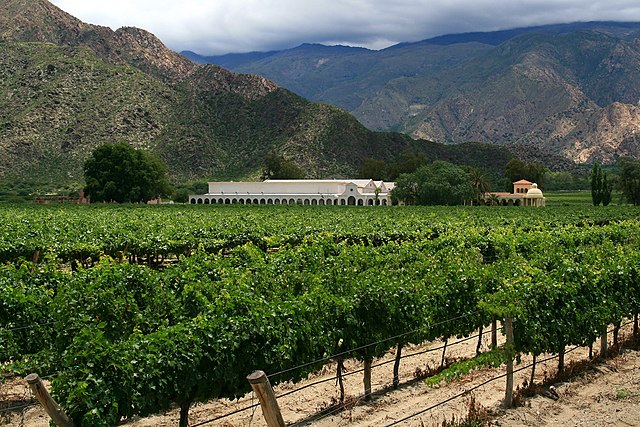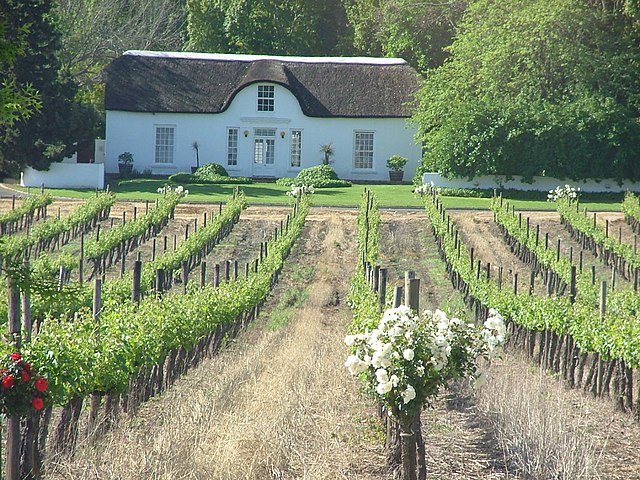New Zealand wine is produced in several of its distinct winegrowing regions. As an island country in the South Pacific Ocean, New Zealand has a largely maritime climate, although its elongated geography produces considerable regional variation from north to south. Like many other New World wines, New Zealand wine is usually produced and labelled as single varietal wines, or if blended, winemakers list the varietal components on the label. New Zealand is best known for its Marlborough Sauvignon Blanc, and more recently its dense, concentrated Pinot Noir from Marlborough, Martinborough and Central Otago.
A selection of New Zealand wines
Left to right: Cloudy Bay (Marlborough); Montana (Marlborough) was bought by Pernod Ricard and is now Brancott Estate; Saint Clair (Marlborough); Luna Estate (Martinborough); Clearview (Hawke's Bay).
Left to right: Cloudy Bay brought New Zealand's Marlborough Sauvignon Blanc to international attention in the 1980s; Chardonnays from Martinborough (Wairarapa) and Kumeu (Auckland) regions; a single vineyard Viognier from Gisborne; Riesling and Pinot Gris from Central Otago.
Several Pinot Noir wines from Central Otago.
New World wines are those wines produced outside the traditional winegrowing areas of Europe and the Middle East, in particular from Argentina, Australia, Canada, Chile, Mexico, New Zealand, South Africa and the United States. The phrase connotes a distinction between these "New World" wines and those wines produced in "Old World" countries with a long-established history of wine production, essentially in Europe, most notably: France, Italy, Germany, Spain and Portugal.
Vineyard in Cafayate, Argentina
Mining activity in Potosí created a huge demand for wine in 17th century South America. Drawing by Pedro Cieza de León from 1553.
Vineyard in Stellenbosch, South Africa
Varietal wines from Montana of New Zealand








